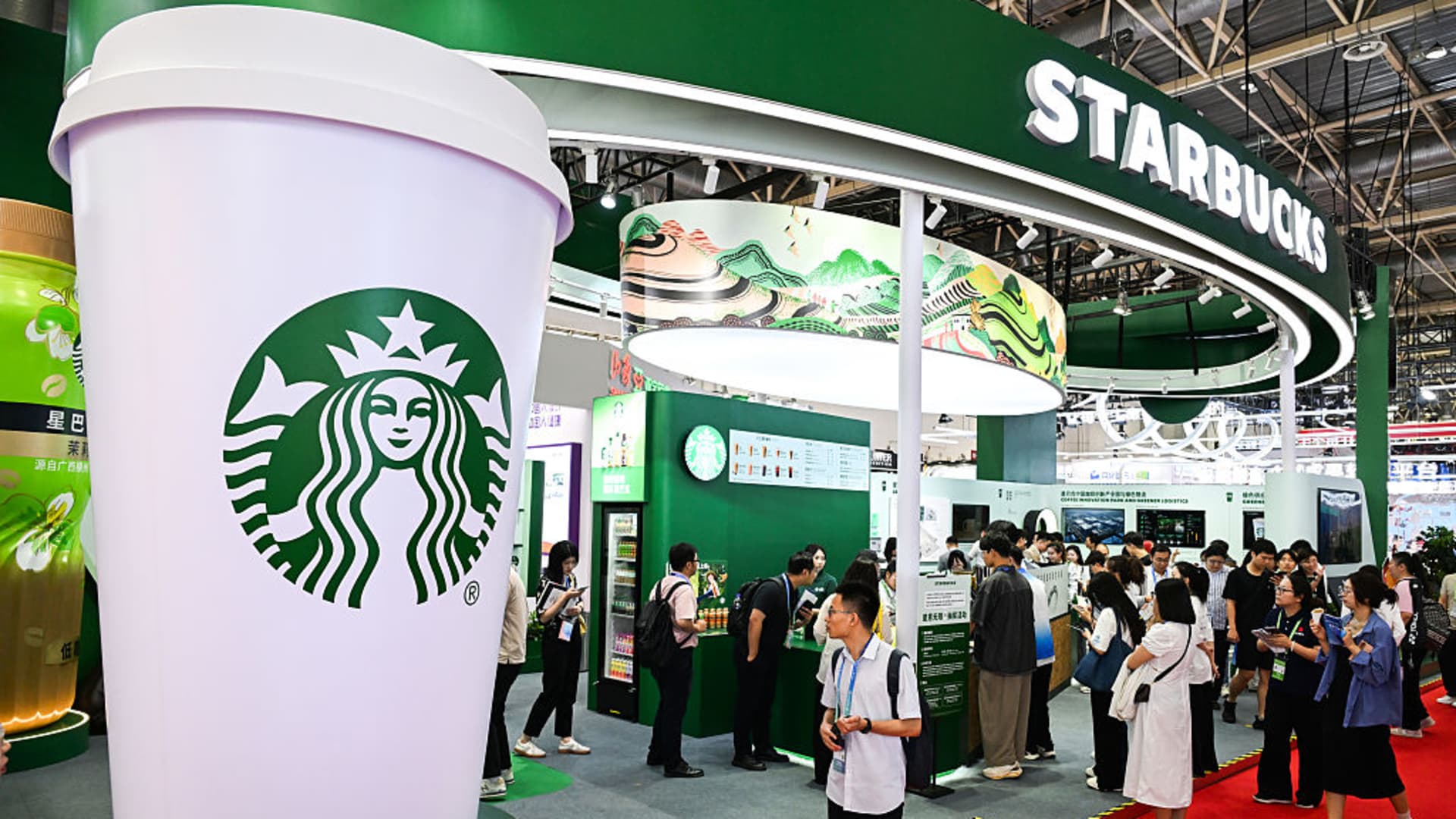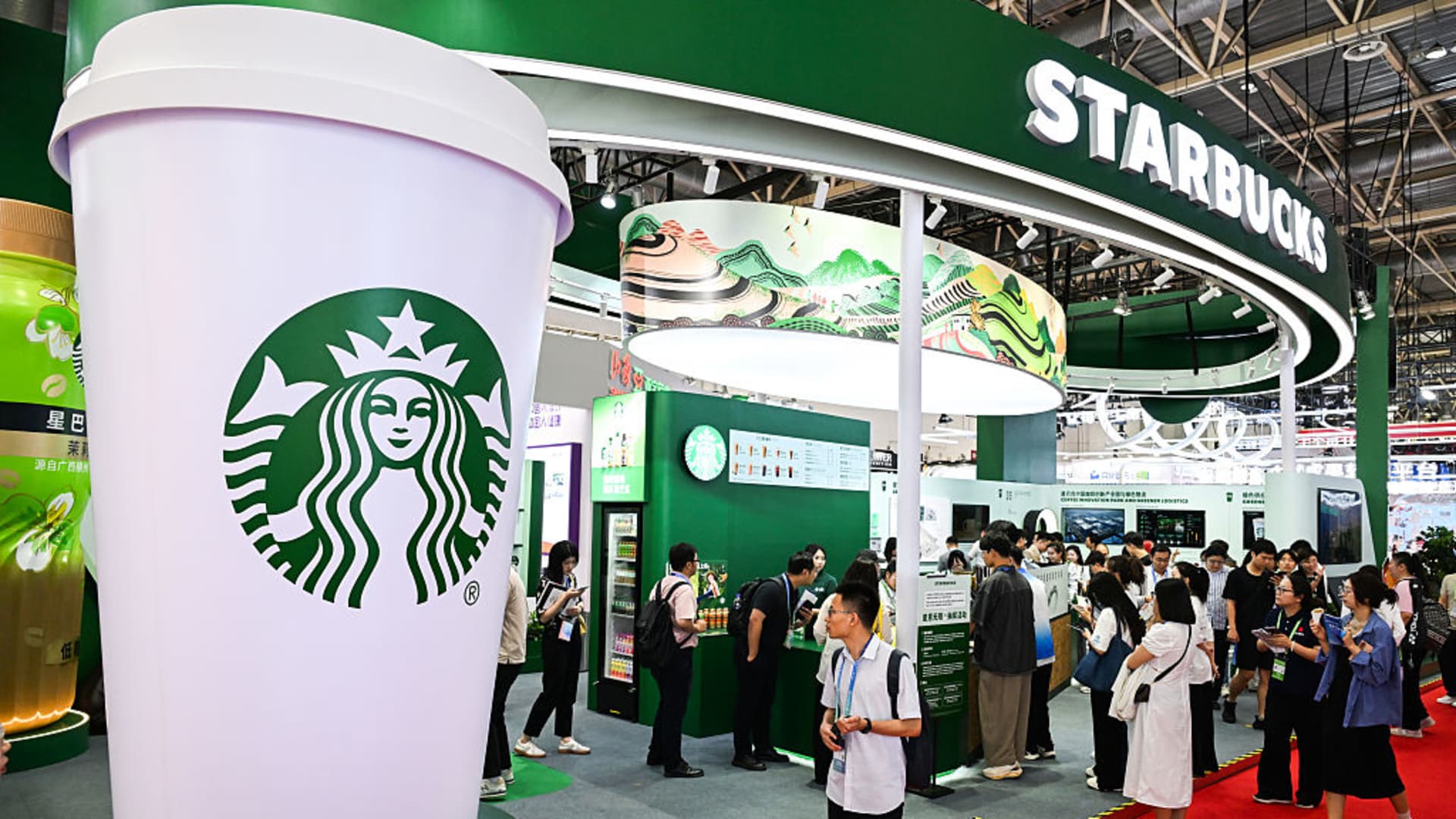Decoding Premarket Movers: A Deep Dive into Starbucks, Peloton, Novo Nordisk, and Mondelez
Introduction: The Premarket Pulse
The premarket trading session serves as a critical barometer for investors, offering early insights into stock movements before the official market open. This period, often characterized by lower trading volumes and heightened volatility, can reveal significant shifts in investor sentiment driven by overnight news, earnings reports, or analyst revisions. By examining the premarket performances of Starbucks, Peloton, Novo Nordisk, and Mondelez, we can uncover the underlying factors shaping these movements and gain a deeper understanding of broader market dynamics.
Starbucks: Brewing a Turnaround Story
Starbucks’ premarket surge, exceeding 4%, underscores the power of strategic leadership and effective execution. CEO Brian Niccol’s optimistic remarks about the company’s turnaround plan have resonated strongly with investors, signaling a faster-than-expected progress. This sentiment was further reinforced by the company’s fiscal third-quarter revenue, which reached $9.5 billion, surpassing the LSEG consensus estimate of $9.31 billion.
The revenue beat is a testament to Starbucks’ ability to implement successful strategies, such as menu innovation, digital transformation, and operational efficiencies. Investors have responded positively to these developments, reflecting confidence in the company’s long-term growth prospects. The premarket rally suggests that Starbucks is successfully navigating challenges and positioning itself for sustained success in a competitive market.
Peloton: The Struggle for Post-Pandemic Relevance
In stark contrast to Starbucks, Peloton’s premarket decline of around 6.4% highlights the challenges faced by companies that fail to adapt to shifting market conditions. The company’s larger-than-expected quarterly loss of 44 cents per share, coupled with revenue of $595.5 million, fell short of analyst expectations. This disappointing performance, combined with a tepid holiday forecast, has dampened investor enthusiasm and raised concerns about Peloton’s financial health.
The company’s struggles are further compounded by leadership changes, with CEO Barry McCarthy stepping down and a restructuring plan involving a 15% workforce reduction. These developments underscore the difficulties Peloton faces in maintaining growth and profitability in a post-pandemic market. The premarket decline reflects investor skepticism about the company’s ability to rebound and regain its former status as a market darling.
Novo Nordisk: Navigating Uncertainty in the Pharmaceutical Sector
Novo Nordisk’s premarket activity presents a mixed picture, with reports suggesting a potential cut to the company’s 2025 guidance. This news has led to a stock plummet, indicating investor sensitivity to any signs of slowing growth or decreased profitability. The pharmaceutical giant’s performance highlights the importance of clear communication and transparency in maintaining investor confidence.
However, the lack of consistent information about Novo Nordisk’s premarket movements makes it challenging to draw definitive conclusions. Further investigation into the specific details of the revised guidance and its potential impact on revenue and earnings is necessary to fully understand the market’s reaction. The uncertainty surrounding Novo Nordisk’s performance underscores the need for companies to provide clear and timely updates to manage investor expectations effectively.
Mondelez: The Power of Stability in a Volatile Market
Mondelez, the company behind iconic snack brands like Oreo and Ritz, has maintained a relatively stable position in the premarket. Reports indicate that Mondelez reiterated its guidance, signaling confidence in its financial outlook and ability to meet targets. This stability is particularly reassuring in times of market volatility and economic uncertainty.
By reaffirming its guidance, Mondelez demonstrates its commitment to delivering consistent results and maintaining its competitive edge in the global snacks market. This approach fosters investor confidence and contributes to the company’s long-term success. The company’s steady course serves as a reminder that stability and consistent performance can be valuable assets in a dynamic and often unpredictable market environment.
Broader Market Implications: Lessons from Premarket Movers
The premarket performances of Starbucks, Peloton, Novo Nordisk, and Mondelez offer valuable insights into broader market dynamics and investor sentiment. Starbucks’ positive performance highlights the potential for companies with strong turnaround plans and solid financial results to thrive, even in challenging economic conditions. Peloton’s struggles, on the other hand, underscore the risks associated with failing to adapt to changing consumer preferences and evolving market conditions.
The uncertainty surrounding Novo Nordisk emphasizes the importance of transparency and clear communication in maintaining investor confidence. Mondelez’s steady course demonstrates the value of stability and consistent performance in a volatile market. These lessons can help investors make more informed decisions and refine their trading strategies for the day ahead.
The Premarket as a Crystal Ball: Opportunities and Limitations
While premarket activity can provide early insights into stock movements, it is essential to acknowledge its limitations. Premarket trading volume is typically lower than during regular market hours, which can amplify price movements and lead to false signals. News and events released overnight may not fully reflect the overall sentiment once the market opens and a larger pool of investors participates.
Despite these limitations, the premarket offers opportunities for informed investors. By staying abreast of overnight news, earnings releases, and analyst ratings, traders can gain an early advantage and potentially capitalize on price movements. Analyzing premarket movers can help identify emerging trends, gauge investor sentiment, and refine trading strategies for the day ahead.
Conclusion: Decoding the Signals for Informed Decision-Making
The premarket performances of Starbucks, Peloton, Novo Nordisk, and Mondelez illustrate the complex interplay of factors that influence stock prices. From successful turnaround strategies to disappointing earnings reports, each company’s premarket activity reflects its unique circumstances and ability to navigate the ever-changing market landscape.
By carefully analyzing these signals and understanding the underlying drivers, investors can make more informed decisions and enhance their chances of success in the dynamic world of stock trading. The premarket serves as a valuable tool for gaining early insights, but it is crucial to approach it with a critical eye, recognizing both its opportunities and limitations. In doing so, investors can decode the signals and position themselves for success in the market.












